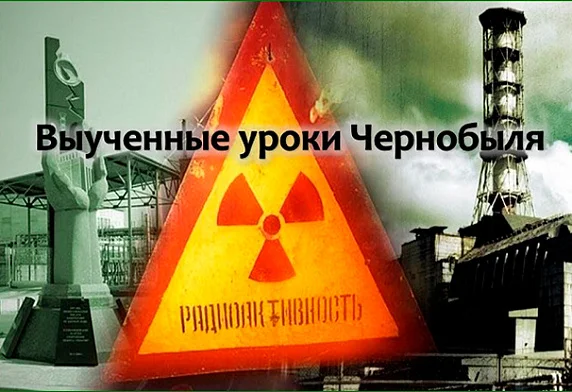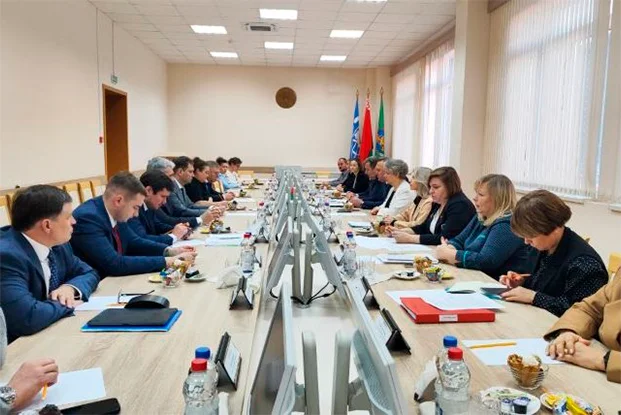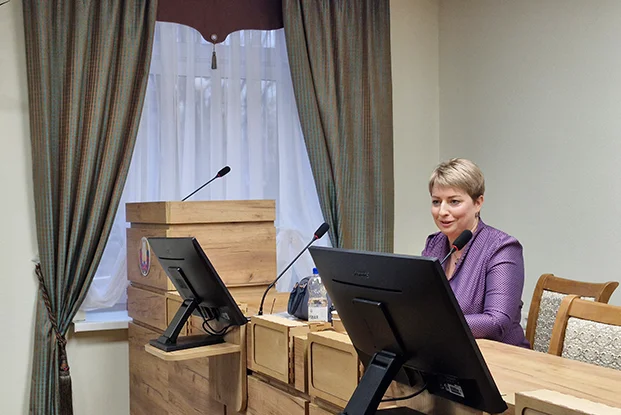
38 years ago, on April 26, 1986, an accident occurred at the Chernobyl nuclear power plant. The consequences of the largest man-made disaster in the history of mankind have affected more than two dozen countries to varying degrees.
At the fourth power unit of the Chernobyl Nuclear Power Plant, an unprecedented large release of radionuclides into the atmosphere occurred, equivalent in volume to 50 atomic bombs dropped on Hiroshima, which dealt a cruel blow to the fate of millions of people. The rebellious “peaceful atom” covered huge territories with a black wing of radiation, turning fertile lands into a zone of desolation, brought pain and suffering to people for whom life was divided into two parts: before and after the accident.
The scale of the accident was so great that it required heroic efforts from leaders of all ranks, specialists, and ordinary people to promptly assess the radiation situation, develop technical and management solutions aimed at preventing even more severe consequences of the disaster and organizing measures to save people’s lives and health, and protect the environment.
The consequences of Chernobyl turned out to be the most severe for Belarus – observations conducted since 1963 at 8 points at hydrometeorological stations were insufficient, there was a shortage of radiologist specialists, radioecologists, radiobiologists, developers and manufacturers of radiometric equipment. In the shortest possible time, it was necessary to expand the radiation monitoring network, promptly create laboratories for spectrometry, control of radioactive contamination of surface water, soil and air.
In the 38 years since the Chernobyl disaster, painstaking work has been carried out to create an optimal radiation monitoring system, which today consists of 120 observation points throughout the country, and, above all, in areas affected by nuclear installations – NPPs in neighboring countries (Ignalina, Smolensk, Rivne, Chernobyl) and Belarus’s own NPP.
The objects of the environment are under control – air, soil, surface water/bottom sediments and groundwater. More than 20 thousand measurements of a number of radiation parameters are performed annually. Today we can confidently state that the radiation situation in the country remains stable.
The main lesson learned from the Chernobyl disaster is emergency preparedness and response to nuclear and radiation accidents, in which the sufficiency, sustainability and reliability of radiation monitoring network data are difficult to overestimate. This lesson learned and the unique experience of the Republic of Belarus in overcoming the consequences of the Chernobyl tragedy is also becoming the best practice for our country.
Another key lesson from Chernobyl is not to stop there. Radiation monitoring is one of the most important pillars of nuclear and radiation safety, so its system continues to improve today.
And the last lesson of the Chernobyl accident is not only for the Republic of Belarus, but also for the whole world – maintaining the unconditional priority of safety culture in the use of nuclear energy for peaceful purposes, while ensuring nuclear and radiation safety. Its implementation has no time, space or personal boundaries, since there is no such thing as too much safety.








